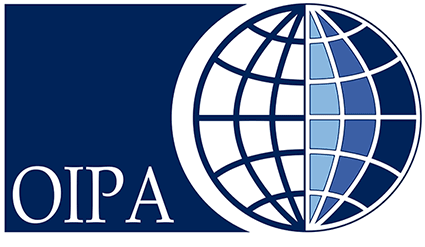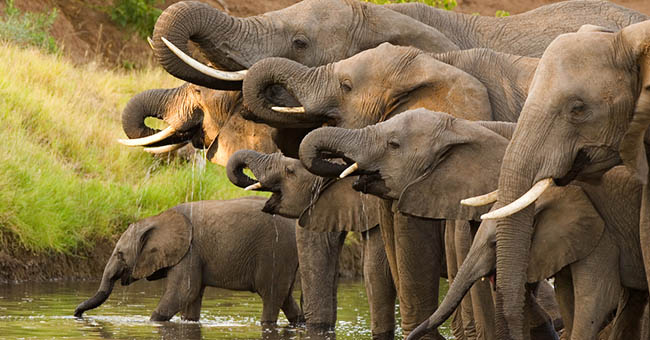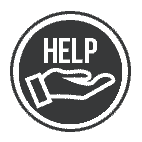It ended last week the 17th Conference of the Parties (CoP17) of the Convention on International Trade in Endangered Species of Wild Fauna and Flora (CITES) in Johannesburg.
This is a very important opportunity for many species, to ensure that laws and regulations are taken against their exploitation, hunting and illegal trade.
The pangolin has reached the strongest possible global protections from trade.
All eight species of this animal have been uplisted from Appendix II – in which they were located since 1994 – to Appendix I. This means that the international commercial trade of pangolins or pangolin parts is officially prohibited. It’s a great victory, because pangolins are the most illegally traded mammal in the world. The vote was unanimous.
The same decision was made for African gray parrots, whose wild population has been decimated by the illegal international trade.
Some good news also for some species of fishes: CITES members voted to include silky shark, thresher shark and devil ray in the Appendix II, in order to allow trade only if it is not detrimental to the survival of the species.
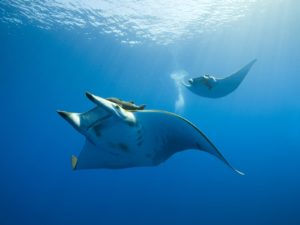
In fact, CITES includes protected species in three lists, called Appendices.
Appendix I is the highest level of international protection. The species included in this list are threatened with extinction and are or may be affected by trade. So commercial trade in wild-caught specimens of these species is illegal.
Appendix II provides a lower level of protection. Here we find species that are not necessarily threatened with extinction, but they are subjected to strict regulation in order to avoid utilization incompatible with the survival of the species in the wild.
Appendix III are species that are listed after one member country has asked other CITES Parties for assistance in controlling trade.
Among the animals who have found protection there are the Barbary macaque, which is the only primate living in Europe. The majority of these primates lives in the Mediterranean area between the Strait of Gibraltar, Morocco and Algeria and its population had already been categorized as endangered species and included in the IUCN Red List since 2008, as the population had suffered a 50% decline over the last 20 years.
It did not go so well for large African mammals.
For the African lions it has been established an annual export quota for bones and claws to be traded for commercial purposes. The only State that currently trades parts of lions, South Africa, will be bound to report the annual export quota for trade to CITES each year.
However, this marks a starting point, but it is not sufficient to ensure full protection for these animals.
There might be fewer than 20,000 of these lions left in the world. The marginal action they did take will prohibit countries like South Africa, Namibia, Zimbabwe, and Tanzania from selling parts of wild lions, but it won’t prevent trophy hunters from killing lions and shipping them back to the hunter’s home country. Fortunately, for 2016, the United States suspended imports of all lion trophies. The CITES decision also won’t stop the international commercial trade in lion bones from cruel lion farming operations, such as those in South Africa, which offer canned lion hunting, cub petting, and lion walks
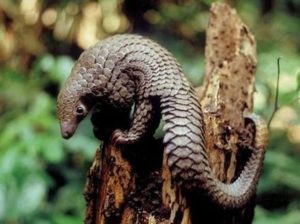
For rhinos if no progress was made, at least the damage has been restrained: in fact the Swaziland proposal to permit a limited and regulated trade in white rhino horn has been locked.
Even for elephants it has been taken a step backward. The Parties were able to agree only in the development of guidelines for the management of stockpiles, instead of international regulatory to destroy ivory stockpiles. Anyway, something good has been reached: the States – including China – agreed to close domestic markets to the illegal trade in ivory.
It’s impressive to see China, the world’s largest consumer of ivory, take such a leadership role in pushing for the toughest measures possible to protect elephants with full closure of domestic ivory markets.
Unfortunately some African States – except for Botswana, which is home to the most elephants in the world – opposed the decision to uplist elephants to Appendix I. To these, we have to add the resounding decision of European Union to vote against this proposal.
All populations of African elephants had already been included in Appendix I in 1989, but in 1997 and 2000, the populations of Botswana, Namibia, South Africa and Zimbabwe were “declassified” in Appendix II, to allow two sales of large ivory stocks to Japan and China in 1999 and 2008.
2016 has seen the second most important global ivory market closed: the US one. In June infact, the President Obama announced regulations to ban nearly all commercial elephant ivory trade in the country, the same decision was taken by the France, which decided to ban the trade in ivory and rhino horn all overseas French territories.
Furthermore, in April Kenya burned 105 tonnes of ivory, the biggest ever stockpile of ivory, and in March Italy crushed a tonne of ivory worth around US$ 5.3million. The destruction of ivory stocks raised some critics, for example that it is a waste or that this strategy won’t work. Kenya is one of the largest point of departure for international trade and the Government Decision to destroy the stockpiles is part of a wider conservation strategy to eliminate demand for ivory and put value instead on living elephants.
The economic value of elephants, with their ivory attached, is enormous: leisure tourism generated KSh 238 billion for the Kenyan economy in 2014, while more than half a million people are employed by the tourism sector.
By contrast the value of all the ivory to be burned has been estimated at KSh 3 billion, at black market prices.
There are no economic solutions that will stop the poaching and ivory trafficking in time to save Africa’s elephants. With the total population of African elephants standing at less than 500,000—and falling—the gap between the potential supply and potential demand is simply too wide.
Elephants must be protected and it is important to act against paoching now (as we discuss in a previous article: CLICK HERE).
Read more about OIPA Campaign Stand for Elephants CLICK HERE
What you can do:
- BOYCOTT IVORY PRODUCTS AND JEWELLERY
- TAKE ACTION WITHIN YOUR COMMUNITY
- MAKE A DONATION
Visit our page GET INVOLVED! CLICK HERE
